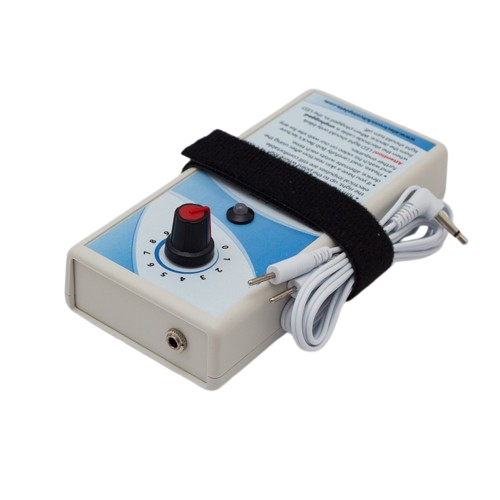The Lymphatic System: The Body’s Hidden River
The lymphatic system is often described as one of the body’s most overlooked systems. While the heart pumps blood and the lungs bring in air, the lymphatic system is known for quietly moving fluids, carrying immune cells, and helping with the body’s natural cleansing processes. Some call it the body’s “river of life,” because it flows through almost every tissue.
What the Lymphatic System Is Known For
The lymphatic system is made up of a web of vessels, nodes, and organs. Together, they circulate a clear fluid called lymph. Unlike the bloodstream, which has the heart as its pump, lymph moves mostly when we move — through walking, breathing, stretching, and even laughing.
Observed Components
Lymph fluid: a clear liquid that transports water, proteins, and immune cells.
Lymph vessels: small channels that carry lymph in one direction, back toward the heart.
Lymph nodes: often described as “filters,” these small bean-shaped structures are found in the neck, armpits, chest, and groin.
Organs linked to the lymphatic system include the spleen, thymus, tonsils, and parts of the digestive system such as Peyer’s patches.
When the Lymphatic Flow Appears Sluggish
People sometimes describe a “sluggish” or “stagnant” lymphatic flow when they notice:
- Puffiness in the face or body
- A sense of heaviness, bloating, or water retention
- Feeling more tired or foggy
- More frequent skin changes, like breakouts or dullness
- Swollen glands when the immune system is active
These observations suggest that when lymph flow slows, the body may not feel as light or energized.
Signs of a Healthy Lymph Flow
On the other hand, people often associate good lymphatic movement with:
- A clearer, glowing complexion
- A sense of lightness and energy
- Faster recovery after exercise or feeling run-down
- Balanced digestion and less bloating
Ways People Support Their Lymphatic System
Research and traditional practices suggest several approaches:
Movement: Studies highlight that walking, yoga, rebounding (mini-trampoline), and stretching naturally help lymph move.
Deep breathing: Observed to act like a gentle pump for lymph in the chest.
Hydration: Water is often emphasized in research as vital for keeping lymph fluid moving.
Massage and dry brushing: Known in wellness circles to support lymph circulation through touch and stimulation of the skin.
Herbal teas and plants: Nettle, red clover, and cleavers have been used traditionally to encourage fluid balance.
Cold exposure and saunas: Alternating hot and cold is thought to create a pumping effect for circulation, including lymph.
Devices and Tools People Explore
Some devices are marketed as supportive for lymph flow. While research varies, they are often used in wellness and spa settings:
Dry brushing – like a horse brush, used to support lymphatic flow. Always brush towards the heart.
Rebounders (mini trampolines) – popular for their rhythmic up-and-down motion.
Infrared saunas – believed to support circulation and sweating.
Compression boots or sleeves – sometimes used by athletes for recovery.
Vibration plates – claimed to enhance circulation through whole-body vibration.
This material reflects personal research conducted in my spare time and is intended for informational purposes only. It does not constitute medical advice. Always consult a qualified healthcare provider.
